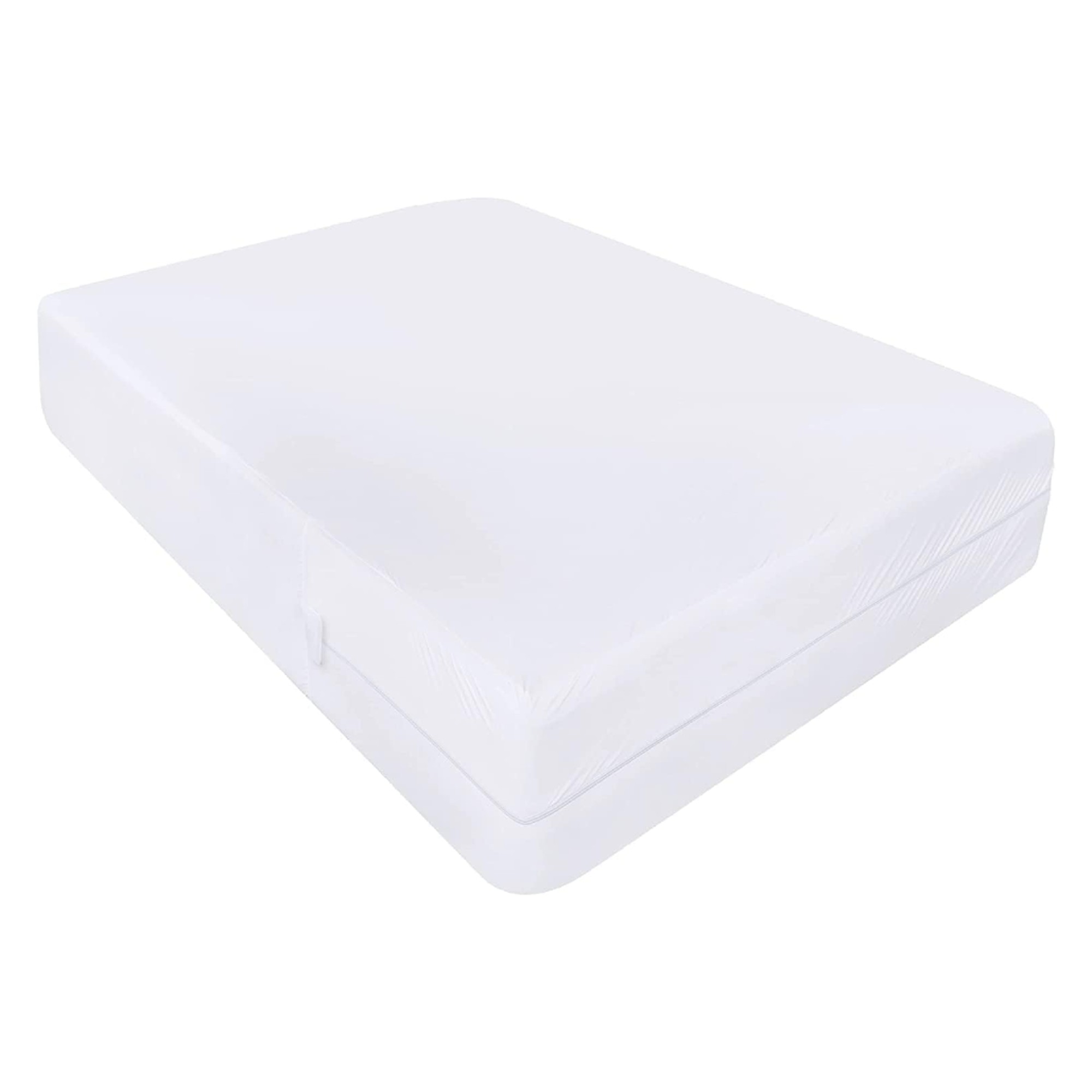This under £30 Amazon buy promises to protect your mattress from bed bugs – but does it actually work?
Experts weigh in on whether or not this will actually do the trick
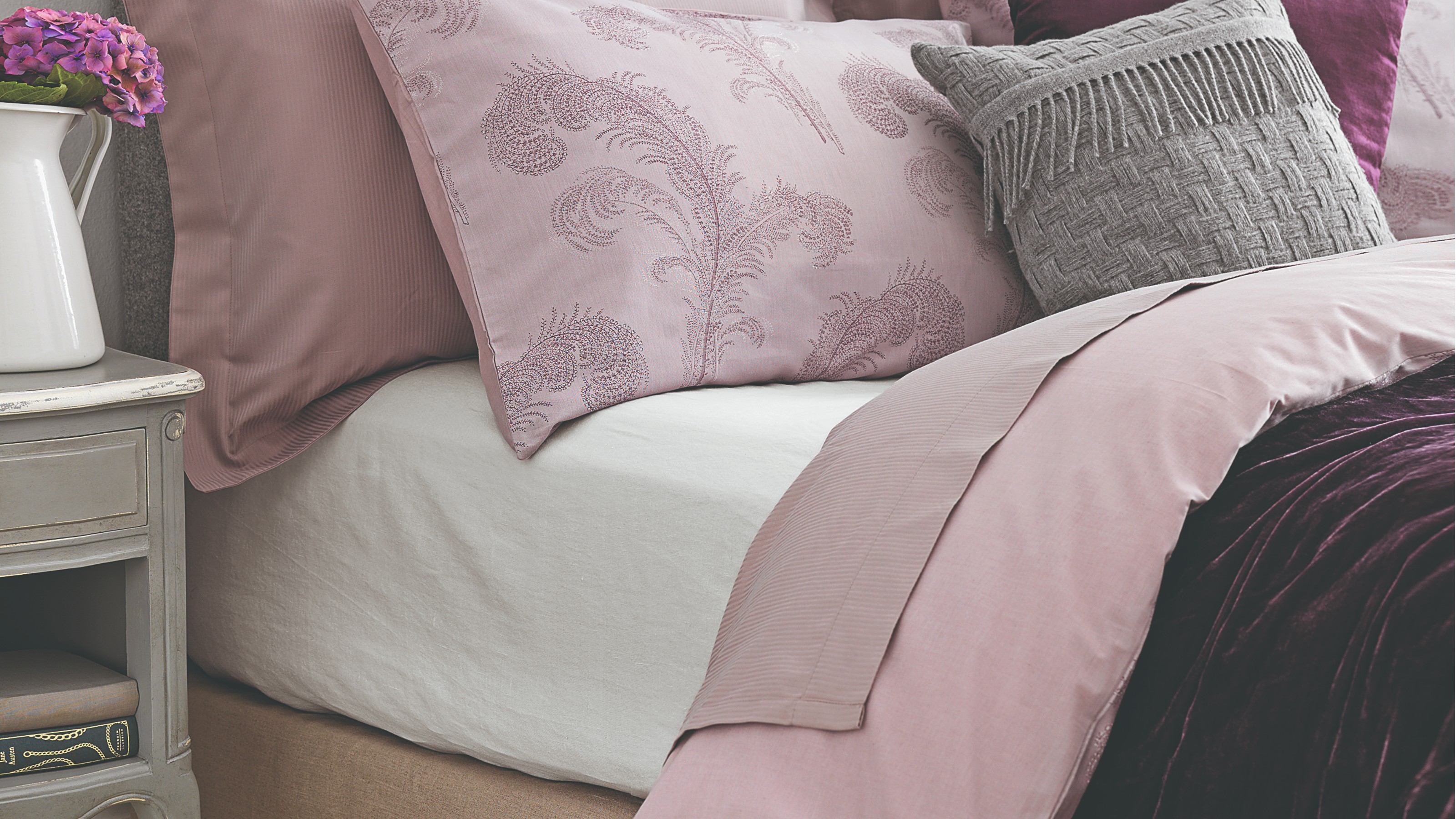

Bed bugs are a never-ending threat that could invade our homes at any given moment. Which is why taking preventative measurements is always advised. And we just came across one that almost sounds too good to be true - an Amazon bed bug-proof mattress encasement.
If something promises to protect our best mattress from bed bug infestation, we’re instantly intrigued. Especially as the UK is currently facing a second bed bug epidemic of the year. But of course, you should always take precautions to keep your home safe from these pests.
But as great as the Amazon Utopia Bedding Waterproof Mattress Encasement sound - especially when selling for £27.99 for the double size - we remain slightly sceptical about its effectiveness. Which is why we decided to run this product by our pest control experts first to get their thoughts on it before we commit.
Does the Amazon bed bug-proof mattress encasement really work?
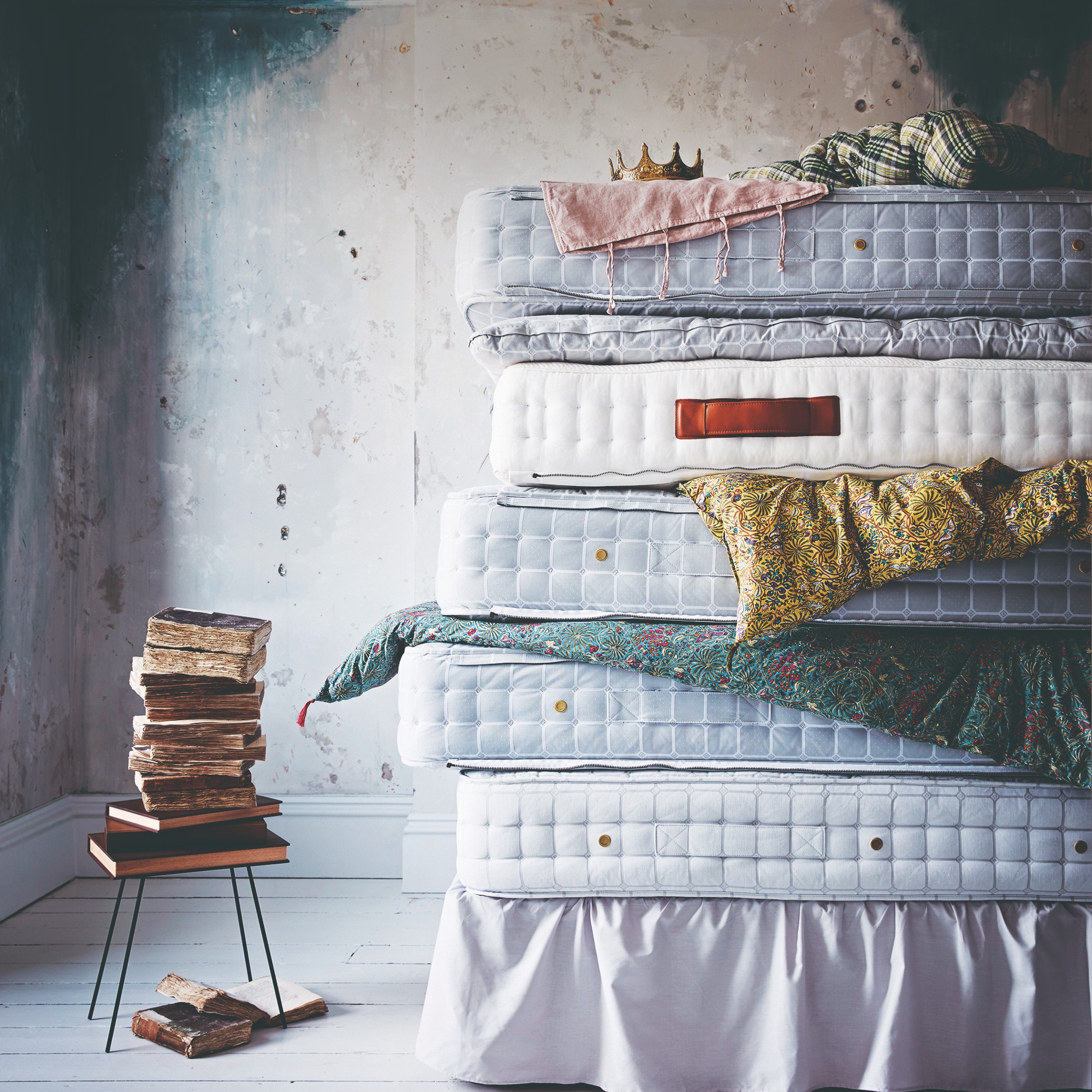
While this is not a way of how to get rid of bed bugs, the mattress encasement will prevent the creepy crawlies from infesting your mattress. At least in theory. Simultaneously, the cover should also protect the mattress from any potential spillages as the material is waterproof.
The protector completely envelops the mattress and seals with a zip on the side. But is this enough to keep bed bugs at bay?
‘A waterproof mattress encasement can be effective in protecting your mattress against getting infested with bed bugs,’ says Mihail Velev, pest technician at Fantastic Pest Control. ‘This is because these specialised encasements are designed to fully enclose the mattress, creating a barrier that these pests can't get through.’
There are still some things to consider though as not every mattress encasement is made equal.
Sign up to our newsletter for style inspiration, real homes, project and garden advice and shopping know-how
‘In the pest industry, it’s recommended to use three-sided zips as single zips still allow bedbugs to get in and out through the zip,’ advises Sarah Beck, operations manager at The Pest Master. This mattress protector in question even comes with a zip guard to ensure the zipper is sealed tightly so nothing gets through.
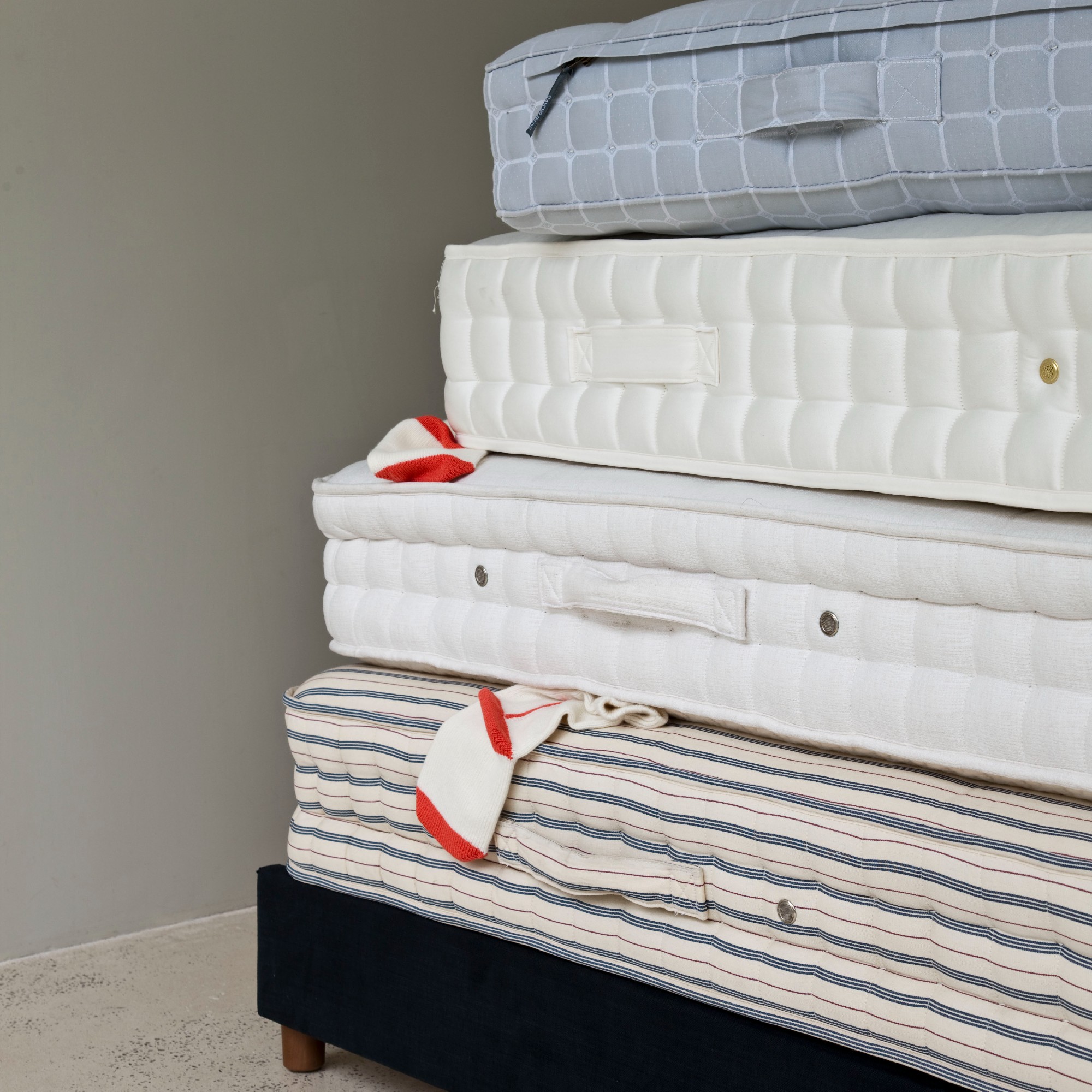
‘The material of the encasement should be durable and tightly woven,' advises Mihail. 'Bed bugs are tiny, and a good encasement should have a pore size small enough to prevent them from passing through it.'
'Most encasements that are effective for bed bug protection contain an internal polyurethane membrane, so it's highly advisable to look for a product with such features.'
But at the same time, the material should be breathable enough so that your mattress doesn’t develop mould or mildew.
This cautionary measure still shouldn’t stop you from regularly checking for signs of bed bugs just to be sure. ‘Mattresses are only a small part of a bed bug problem and they are not exclusive to the mattress,’ warns Sarah.
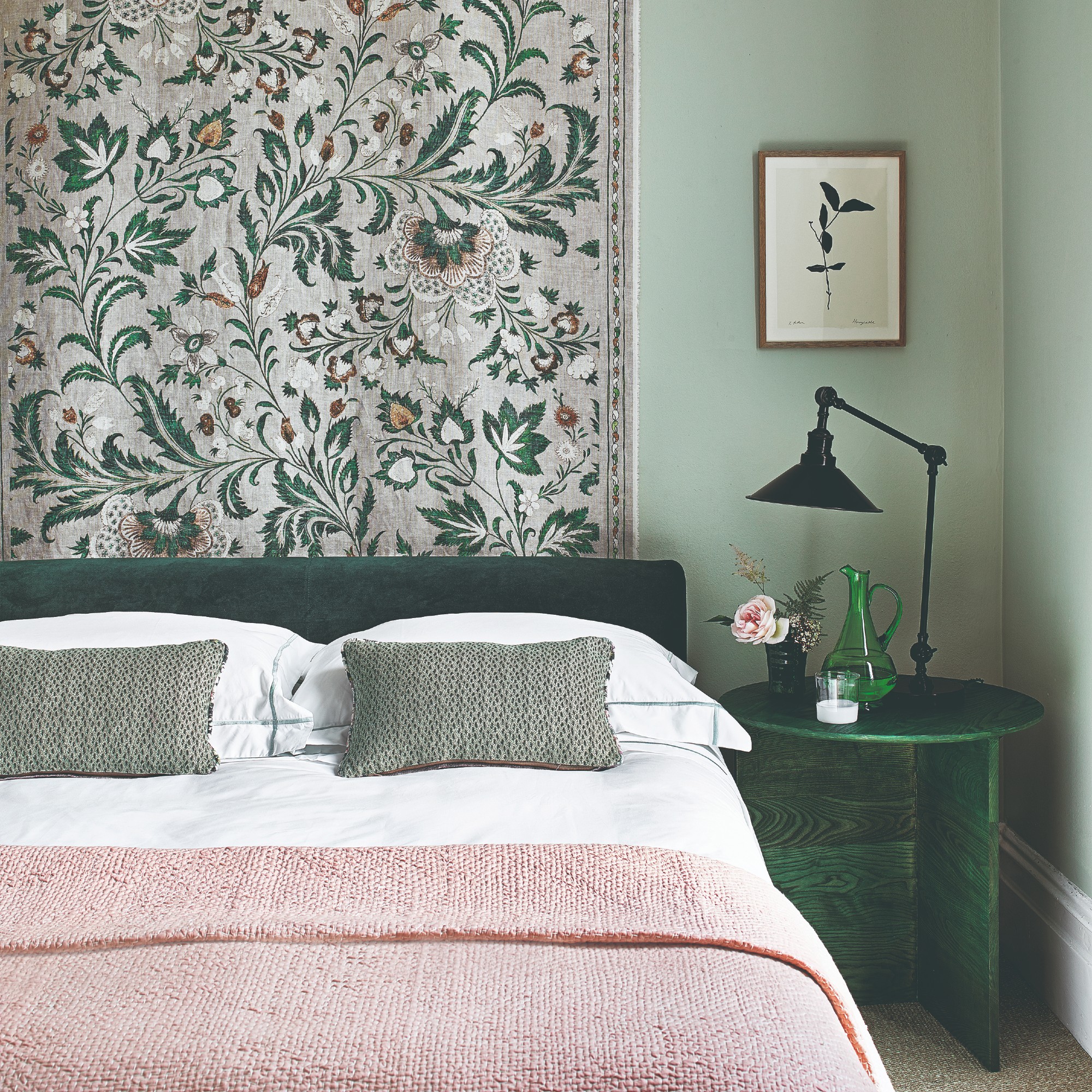
‘While a mattress encasement can prevent bed bugs from infesting the mattress, it doesn't eliminate the risk entirely. It's crucial to regularly inspect the encasement for any signs of bed bugs or their excrement. Early detection is key to effective control,’ Mihail concludes.
So while this product got the green light from the pros, you shouldn’t rely on it solely.

Sara Hesikova has been a Content Editor at Ideal Home since June 2024, starting at the title as a News Writer in July 2023. She is now also the Ideal Home Certified Expert in Training on Furniture, and so far has tested over 150 different sofas.
Graduating from London College of Fashion with a bachelor’s degree in fashion journalism in 2016, she got her start in niche fashion and lifestyle magazines like Glass and Alvar as a writer and editor before making the leap into interiors, working with the likes of 91 Magazine and copywriting for luxury bed linen brand Yves Delorme among others.
